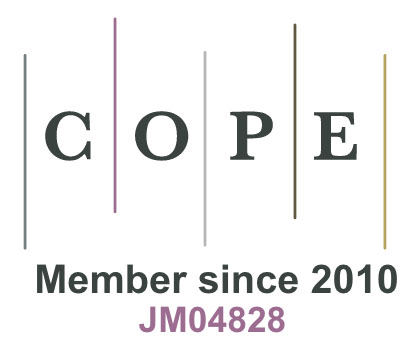Decolonizing the Language of Nursing
The current featured ANS article is titled “Critical Analysis of the Nursing Metaparadigm in Spanish-Speaking Countries Is the Nursing Metaparadigm Universal?” by Daniel F. M. Suárez-Baquero, MSN, RN;and Lorraine Olszewski Walker, EdD, MPH, RN. This article is available to download at no cost while it is featured, and we welcome your comments and questions here. Here is author Suárez-Baquero’s message for ANS readers about this work:
ENGLISH
This paper presents a critical analysis about the dominance of the English language as tool for colonization. We start from the use of the nursing metaparadigm – as the central component of Nursing knowledge – to elucidate the conceptual differences in Nursing foundations that exist due to social and linguistic differences.
For those nurses who learn Nursing in Spanish, the concept of Cuidado – amalgamation of the nuances of Care and Caring – is the cornerstone of the core disciplinary Nursing knowledge. However, this foundational perspective, rooted in most of the Nursing spoken in Romance languages, has been historically underrecognized. Several academic discussions about Nursing concepts and theories that I had with well-known nursing theorists during my doctoral studies brought up an overlooked issue: Meanings differences in the nuances and concepts from languages other than English.
Importantly, this issue has limited the expansion of disciplinary nursing knowledge. Therefore, in several instances, Nursing knowledge turns into a dogmatic believe that cannot be discussed; so that we, scholars who discuss the universality of Nursing knowledge, are seen as heretics in a seemingly homogenous and hegemonic vision of nursing.
This paper is an invitation to discuss, it is an awareness of the multiculturality that must be addressed for the growth of Nursing as a Science; it is a call to the nurses of color around the world, to let them know that the time has come to speak up and share our vision of Nursing. Nonetheless, the decolonization of disciplinary Nursing knowledge cannot be done without the support by the nursing community that dictates “what [Nursing] is, and what it is not.”
ESPAÑOL
Este artículo presenta un análisis crítico acerca del dominio de la lengua inglesa como herramienta de colonización. Partimos del uso del metaparadigma de Enfermería – como el componente central del conocimiento enfermero – para elucidar las diferencias conceptuales en los fundamentos de la Enfermería que existen debido a las diferencias sociales y lingüísticas.
Para aquellas enfermeras y enfermeros que aprenden Enfermería en español, el concepto de Cuidado – amalgama del acto de enfermería y el acto de cuidar con amor o cariño – es la piedra angular del conocimiento central de la Enfermería. Sin embargo, esta perspectiva fundacional, arraigada en la mayor parte de la Enfermería hablada en lenguas romances, ha sido históricamente poco reconocida. Varias discusiones académicas sobre conceptos y teorías de enfermería que mantuve con conocidas teóricas de la enfermería durante mis estudios de doctorado sacaron a relucir una cuestión que se había pasado por alto: Las diferencias de significado en los matices y conceptos de otros idiomas distintos al inglés.
Es importante destacar que este problema ha limitado la expansión del conocimiento disciplinar de la Enfermería. Por lo tanto, en varios casos, el conocimiento de Enfermería se convierte en una creencia dogmática que no puede ser discutida; de modo que nosotros, los académicos que discutimos la universalidad del conocimiento enfermero, somos vistos como herejes en una visión aparentemente homogénea y hegemónica de la enfermería
Este artículo es una invitación a la discusión, es una toma de conciencia de la multiculturalidad que debe ser abordada para el crecimiento de la Enfermería como ciencia; es un llamado a las enfermeras y enfermeros de color de todo el mundo, para hacerles saber que ha llegado el momento de hablar y compartir nuestra visión de la Enfermería. Sin embargo, la descolonización del conocimiento disciplinar de Enfermería no puede hacerse sin el apoyo de la comunidad enfermera que dicta “qué es, y qué no es [Enfermería] “.



























